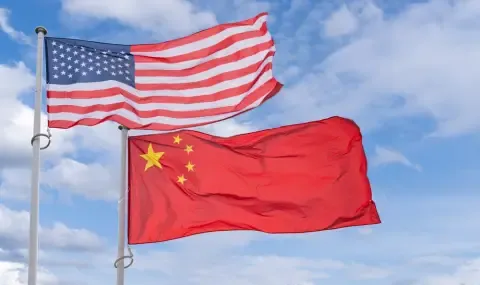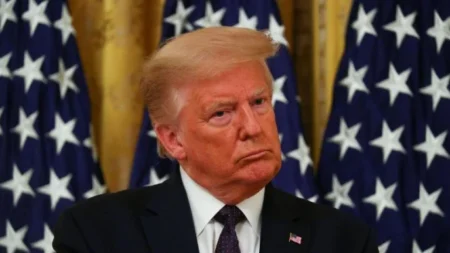US President Donald Trump on Friday confirmed that the United States has signed a new trade agreement with China. However, both sides are keeping key details of the deal under wraps, leaving questions about what the agreement actually covers.
Commerce Secretary Howard Lutnick said the agreement was “signed and sealed” two days earlier. In an interview with Bloomberg TV, Lutnick confirmed the signing but did not share any specifics.
“The president likes to close these deals himself. He’s the dealmaker. We’re going to have deal after deal,” Lutnick said.
It is not yet clear whether this latest trade deal is new or simply formalizes an earlier pact that Trump announced two weeks ago. That previous deal focused on improving access to rare earth minerals—essential materials used in electronics, electric vehicles, and other high-tech products.
At the time, the US agreed to halt efforts to revoke visas for Chinese students studying at American universities. In exchange, China would ease restrictions on the export of rare earth elements, which have been a sticking point in trade talks between the two countries.
On Friday, China’s Commerce Ministry issued a short statement saying the two sides had “further confirmed the details of the framework.” However, the statement did not directly mention rare earth minerals or clarify what measures would be taken under the new agreement.
“China will approve the export applications of controlled items that meet the conditions in accordance with the law,” the statement read. “The United States will cancel a series of restrictive measures taken against China accordingly. It is hoped that the United States and China will meet each other halfway.”
The trade deal follows a series of meetings earlier this year aimed at easing tensions between the two economic powers. Initial discussions took place in Geneva in May, which led to both sides delaying major tariff hikes. Later talks in London helped set a framework for a broader agreement.
Analysts say rare earth minerals have been a key issue in negotiations, especially as they are critical for defense systems, mobile phones, and clean energy technologies. China controls a significant share of the global supply of these minerals, giving it major leverage in trade talks.
Earlier this week, China announced it would fast-track export approvals for rare earths. The announcement was seen by many as a sign of goodwill and a possible move toward de-escalation in trade tensions.
While the latest deal is seen as a positive step, experts caution that a lack of public detail could delay market reactions and business planning. Businesses on both sides are still waiting for formal documents or clear rules that outline how trade will proceed under the new agreement.
The White House has not yet released an official document or signed copy of the deal. It also remains unclear if the agreement includes timelines, enforcement rules, or penalties for violations.
Even so, President Trump’s announcement marks a possible turning point in US-China trade relations. The ongoing negotiations have weighed heavily on global markets and supply chains for the past few years.
For now, both Washington and Beijing seem committed to keeping talks alive and moving forward. As more details emerge, companies and analysts will be watching closely to see whether this deal brings real change—or simply delays larger disputes for the future.







